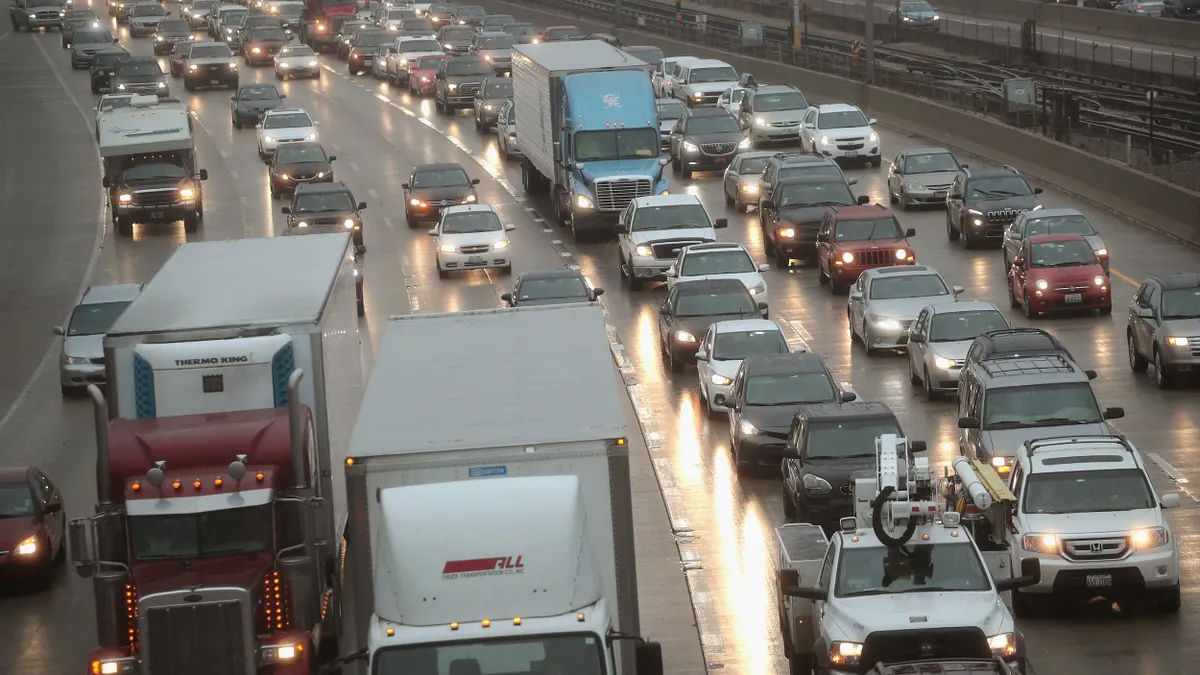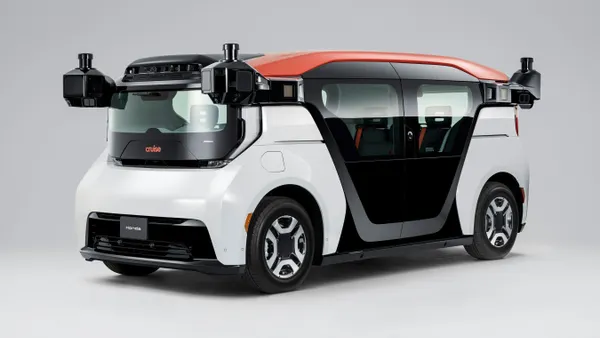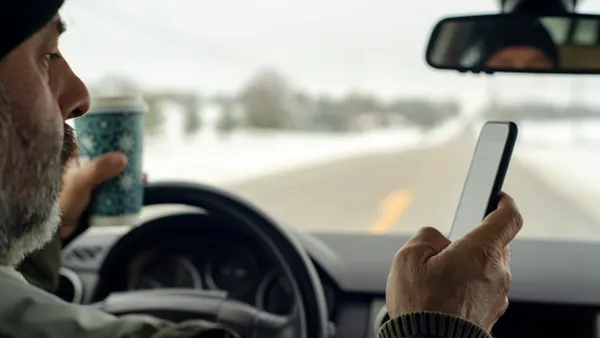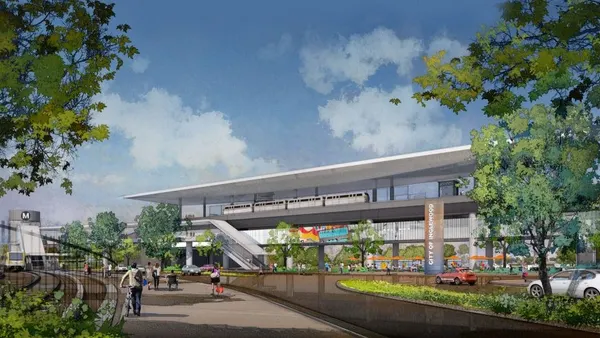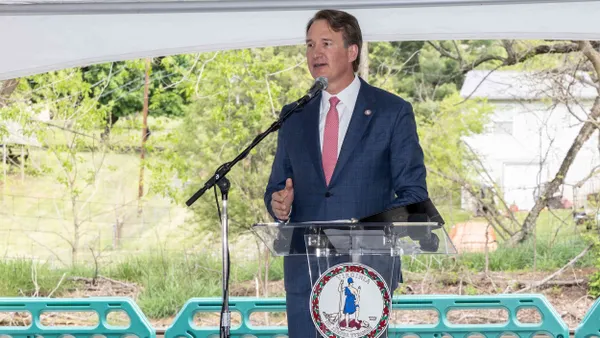“Every city is struggling to manage traffic,” said Doug Gilmour, TomTom’s global business development manager for traffic and travel products.
Last year, traffic on U.S. roads exceeded pre-pandemic levels and was the highest on record dating back to 1998, according to the Federal Highway Administration. Mapmaking company TomTom named New York City; Washington, D.C.; San Francisco; Boston and Chicago as the top five most congested cities in 2023. Drivers in these large cities each lost anywhere from 72 hours to over 100 hours per year in rush-hour traffic.
TomTom uses what is called “floating car data,” sourced from GPS-equipped devices such as onboard hardware in many vehicles or data from navigation apps on users’ smartphones. “With a critical mass of those GPS devices, we have a view to a significant proportion of the vehicle population,” Gilmour said.
TomTom’s technology is included in a Frost & Sullivan white paper on how cities can use real-time traffic data from smart city companies to reduce traffic congestion and verify the outcomes of traffic management initiatives such as lowering speed limits.
In Wisconsin, the Department of Transportation uses TomTom data to monitor how much road work delays traffic. By eliminating the need for sensors and cameras, this data saves the state money, the white paper says. Amsterdam used the company’s data this year to see how a significant speed limit reduction affected traffic flow, helping the city engage with the community on questions about the change’s impact.
The white paper says it expects such data “to play an important role in enabling cities to plan and prepare to respond to a wider range of scenarios as a result of climate change, population growth, migration” and other factors. This data could, for example, help local officials understand the potential transportation network impacts of a large event that blocks traffic from certain sections of the city, the white paper said. That analysis might lead to actions like making more commuter trains available or ramping up park-and-ride opportunities.
Gilmour said cities can also use floating car data to determine “where to target infrastructure investments or policy changes” such as traffic-calming measures. “It makes for a more efficient road network and a more efficient city overall,” Gilmour said.



